You don’t need to coax Danny Hastings into telling you his past.
As one of the most prolific hip-hop photographers of the 1990s, the Panamanian-Mexican auteur is a walking photobook of memories. If you mention King’s Disease 3, he’ll tell you about the time he and Nas kicked it on the subway or the time the I Am… shoot was nearly a total disaster. If you mention Fat Joe, he might recall the time he and Big Pun had to scrap that putrid Statue of Liberty cover for Capital Punishment. If you name-drop Wu-Tang Clan or Ol’ Dirty Bastard, he’ll tell you about witnessing the fun he had with the crew — and their gradual loss of innocence.
“If you look at the documentaries Wu-Tang Clan: Of Mics and Men or
Wu-Tang: An American Saga, I saw that shit back in 1995,” he says on a chilly November evening. While plenty of photogs shot ’90s rap icons, Danny has earned a rare distinction; he shot the Wu’s first-ever album cover. Ditto for Big Pun. He even shot the cover for The Slim Shady LP’s deluxe edition 26 years ago. To this day, he recalls the now-conspicuous mundanity of it all; Em had to take a taxi from MTV studios to meet him for the shoot. Swell guy, he remembers.
Sure, other photogs got their time to make art with the world’s great spitters, but Danny was, more often than not, there at the genesis. “I got something that nobody else has,” he shares. “I got their youth in my pictures.”
Ahead of his Miami Beach Art Basel installation with Okayplayer later this week, Danny Hastings, who now works as Creative Director for RZA’s Wu-Tang Productions, discusses the stories behind some of his most iconic photos, and how hangout sessions led to some of the most indelible album covers in rap history.
Okayplayer: How much of how you conceive these album covers is based on what an artist tells you?
Danny Hastings: I think music speaks to me in a way that I just represent visually. It is kind of like in a way, I don't say I see colors in music, but I see music in colors. It is the other way around. When I see my art, my art feels like the music is playing. So when I create a visual for an album, they look like the way it sounds.
Look at 36 chambers and tell me when you see that cover, That cover looks like the way it sounds because I know how to interpret any music into art. That's what I was doing all my childhood. I was listening to Pink Floyd and staring at the album cover for fucking days.
I was listening to Rush, Iron Maiden. I was listening to even salsa, Fania records has some amazing album covers, even soul music like Earth, Wind and Fire, Stevie Wonder had some amazing album covers and art. My generation would just stare at the album covers as we listen to the music. There was nothing else to do. There was MTV, but not everybody had it. So it was like you used to get the album and then you used to read the liner notes and look at the pictures and listen to the album. By the time I was 20, I owned hundreds of albums. And most of those albums I bought because the art cover spoke to me in some way. That was my training before I conquered the music industry.
You’ve done a lot of dope work, but the cover for Wu-Tang Clan’s Enter the Wu-Tang (36 Chambers) stands out the most to me. What’s your favorite memory of putting that together?
When I got acall from [Art Director] Jackie Murphy telling me that she wanted me to do the photo shoot, I was at Jack the Rapper. It’s two months before the photo shoot. I was in Atlanta, and I told her that Wu-Tang is performing here in Atlanta, and I'm here today. And she said, ‘Yo, go talk to Prince Rakeem.’ So this is me going to meet Prince Rakeem in the backstage of their performance before they go into the show.
So I'm in the green room at this point with 19 other dudes that I had to go through before they introduced me to Prince Rakeem. So when I'm talking to the RZA, I'm seeing that he's not really looking at me. He's like, ‘Oh, yeah, you're going to do the album cover. Okay, good. Well, let's meet in New York.’ And then he's looking at his boys and they're all making eye contact with each other. I don't know what's going on. I'm there backstage. They're going to go and do a show. And before I know it, RZA and everybody fucking puts on a stocking mask. I’m like, ‘Oh, shit, they’re going to fucking rob the place!’ That’s what I thought, I mean they are putting stocking masks on. They just start amping each other up in unison. They fucking go to the stage, they grabbed the other rappers who were in the middle of performing their show, took their mics and threw the rappers off the stage. Someone went to the DJ booth and smacked the DJ up. Took the vinyls of the tables. Loud feedback hits everyone ears, the crowd doesn't know what the fuck is going on. Then, [they started rapping] ‘Wu-Tang Clan ain’t nothing to fuck with.’ I’m looking at them like, ‘I need to shoot this album cover.’ I've been telling this story for 30 years now. And don't you know that 15 years ago, someone uploaded the video of this day and you can see me in the background.
There’s something about Wu-Tang Clan that I was just in love with. The music, the sound, the vibe, and then that one-hour hanging out with RZA as 21-year-old men talking about Kung-Fu flicks. I knew I wanted to shoot the cover like in a monastery, and RZA agreed.
I was the first person to put that logo into a physical form. It was just hand-drawn then. Nobody ever saw the logo in another form other than that white tape, that's all they had, that white tape with the holy book and the logo as the cover of the single “Protect Ya Neck.” I was the first person to say, ‘Hey, let's take that logo and fucking make it like an emblem, like an altar.’ So I got my boys, Richard Bravo, who went on to design the piece for me. He built a logo for me, got the candles and we're ready to go.
Only six members showed up to the photo shoot. RZA, GZA, ODB, Raekwon, Inspectah Deck and Ghostface Killah. There were three members missing, waiting, waiting, waiting. We waited for two hours for the other members to show up. They're not coming. RZA is like, ‘No, we're not going to do the shoot.’ And I was like, ‘What do you mean we're not going to do the shoot?’ RZA says, ‘I'm not shooting unless all my brothers are here.’ And then that's when the light bulb went up and I said, ‘Yo, why don't we do what you did in Atlanta? Let's go and get the stocking masks.’ RZA said, ‘We’re not going to show our faces?’ I said, ‘You're the Wu-Tang Clan. You are a unit. You don't need to show your faces.’
If I wasn’t in Atlanta with them, this album cover would never be what it is today.
That’s really crazy. And then a few years later you did the cover for Raekwon’s Only Built 4 Cuban Linx… What do you remember about putting that one together?
Me and Raekwon went to dinner, and then he told me he wanted a Last Supper where all the Wu-Tang members are there. I am one of the only photographers that got the entire Wu family on a picture. And Raekwon wanted him and Ghost to be on the cover sharing this moment. They were very strategic; they knew that they were putting out Ghost next, and that he was introducing Ghost. The vibe was very different. The vibe was no longer young kids in the summer with no money in their pockets doing something creative. The vibe was now a serious business.
Not only serious business, there was tension between them. It is not my favorite photo shoot in terms of the vibes that I caught, because I'm very sensitive. I can see into people's souls. I know if you're sad, I know if you're happy, I am an observer of people. I have to look through a lens to look into your eyes. I’ve been doing it my whole life.
It's not the vibes that we had before. I was coming in like, ‘Oh, shit, I'm working with my guys again.’ But boy, that was a hard pill to swallow. And I saw that before everyone else did because I'm invited to that space. Now all of a sudden, there's a little argument over here and there's a little argument over there. There's tension in the room. I can't move people now. I just gotta wait for them to finish the conversation. And this one over here doesn't want to really be bothered. And it's like everybody's separate but together.
You’ve done a lot of photography, a lot of covers, and just a lot of things in general. But looking back through those experiences, what was an album cover that really challenged you as a photographer?
The photoshoot that I say made me a photographer, and was the most challenging album cover I did because I had to test my skills, was Nas’ I Am... Art Director Ola Kudu and Sony Music approached me to do the album cover. They wanted to show the trajectory through his album covers of being a boy, becoming a man and then becoming a king.
So my first thought was, ‘Let's make him into King Tut. Let's do a really big King Tut bust with Nas’ face on it.’ And, ‘Sure, you got great ideas, Danny, how are you going to do that?’ I was like, ‘Well, Dave Cortez is going to sculpt the bust and all the little stone pieces. It’s going to look exactly like King Tut, and we're going to do a cast of Nas’ face, and it's going to be a sculpted piece.’ It got commissioned. I got the assignment. We are going to do this crazy sculpted Nas piece.
Cortez creates the sculpted piece and uses really shiny gold paint, very highly reflective to make it look like gold. And then when we brought the piece to the studio; it was amazing. This thing was very impressive, unfortunately it deteriorated over time. The label didn't want to make a sculpted piece that would last forever, they gave us enough money to buy material to do something temporary. But it looked amazing nonetheless. So I started shooting. But it did not look like Nas. It looked crazy because first and foremost, I'm shooting a very reflective piece of a very reflective object. Think about shooting a disco ball or a mirror. What are you going to do? You're going to see reflections. You see the whole set. The lighting wouldn't work because you could see my tripods and my lights and my stands. You see the people [in the reflection]. So basically I had to use a picture of Nas that I shot before. I was looking and realizing what defines a two-dimensional image and what gives us the feeling of dimension on a 2D piece of art? It's shadows and highlights. Shadows and highlights are what give you a three-dimensional feeling, even if it is just a piece of paper.
But how do you put shadows on a reflective piece? There's no shadows on a reflective piece because everything from the room you are standing on is reflecting into the piece itself. So, the lightbulb went on. I started putting blackboards and white boards in front of the piece and put a hole on the blackboards so I can put my lens through it. And I started putting boards so the reflection could show the boards, but it looked like shadows. And then put white paper on top of the blackboards so they can look like highlights and then direct my light to the boards and not the piece.
That shit right there made me a museum photographer. That's what museum photographers do. Museum photographers will take a piece and create a set just to take a picture of a little gold nugget that they found under the ruins of Peru. It’s not like they go in there with their cell phone and take a picture. It’s really intricate photography. After that, I could shoot anything.
That’s so interesting. Most people will never know the layers of technique required for something like that.
That was the challenging part of the story. But there’s also a funny story.
Oh, do tell.
We almost “killed” Nas in the process [of making the cover]. I'm exaggerating of course, but… When you do a cast of somebody's face, you have to put wet clay on top of the person's face and wait for it to dry, in the process you have to put two straws on the person's nostrils so they can breathe while the clay is drying on their face. So the first solution was a little bit weak, I guess, or very soft, and Nas is laying down, with this clay on his face and I guess the liquid was getting to his nose. And after five minutes, my man is moving his arms and his legs and kicking, and we're like, ‘Oh, shit, he can't breathe!’ Now it's getting hard, so it was tough to get it out. He was like, ‘Yo, y'all better not fuck around the second time. I don't have time for this.’ He was a good sport. We did it again, and we did the album cover and we did not hurt him. I’m exaggerating [laughs].
Gang Starr’s Moment of Truth is one of my favorite covers you shot. What was it like to work with Guru and DJ Premier?
Shooting Gang Starr, Guru wanted Premier to be on the front. That was the very first thing. He was like, ‘I never want you to shoot me in the front. I want you to shoot Preemo on the front. This is his spot. The DJ's always in the back, but our DJ is the frontman. I'll be second here.’ And that was a very interesting dynamic, I realized how much love and respect Guru had from Preem, a true brotherhood.
You also shot Lil’ Kim before she dropped her debut album. She was so young. What was she like back then?
It was beautiful. She was a beautiful girl. She was young. She was very bubbly. She would call me Mr. Photographer. If you see pictures of Little Kim, I shot her very beautifully. I caught her energy. Just beautiful pictures of a beautiful girl. I got reacquainted with her at one of the Bad Boy anniversary concerts, and I brought those pictures and I was like, “Hey, you remember this?” And then she's like, “Oh, Danny, how are you?” She remembered me. And then said, “You know what, Danny? Out of all the pictures that I've taken, this is the only one that my mom has in her living room. And she said, this is her favorite picture, and she don't want to see any of my other pictures.
A lot of artists you’ve done shoots for have passed away, and if they haven’t passed away, they’ve changed a lot. When you see your covers, do you think about the artists how they are now or how they were when you first met them?
I think about them the first time I met them. But then I know that nobody stays the same way. Everybody changes, including myself. I work for RZA now. I'm the creative director of Wu-Tang Productions. It's serious business, but it's almost like we still have that young energy that we had before when we're talking creatively. I do see them as I met them. And when we reconnect, there's always that when I’m with Raekwon. We’ve known each other for such a long time, it's always love and respect. We go back to that time. It is good. With Preem it’s the same way. Jeru [The Damaga] is my brother. I have had so many relationships that I still do remember them, how they were, and most of them, a lot of them are still the same way and we still rock the same way.
When thinking about artists you’ve done work for over the years, how many of them do you have a sense of closure with?
We always leave in a good place. I got something that nobody else has. I got their youth in my pictures. I could step to Lil’ Kim right now and she'll show her that picture and she'll probably tear up. I mean, I could go into anyone and show them the pictures as young, as badass as they were. People blew up and then I lost contact with some of them. It’s hard to keep in touch with people after they become bigger and bigger, and bigger. But those photos can get you into anywhere. I had lost touch with Nas, [but] when we were doing the New York State of Mind tour [with Nas], I was like, ‘Yo, I need to show him this,’ and someone on Nas’ team was like, ‘Yo, you shot that one? Okay, yeah, I'll bring you to Nas.’ Nas didn’t remember me at first, and I went and pulled up the picture. He was like, ‘Dude, we were kids. Yo, you’re a bad man, thank you Danny… He remembered me.'
See some behind-the-scenes photos from Danny's collection below:
Wu-Tang Clan in Concert
Credit: Danny Hastings

 1 month ago
26
1 month ago
26












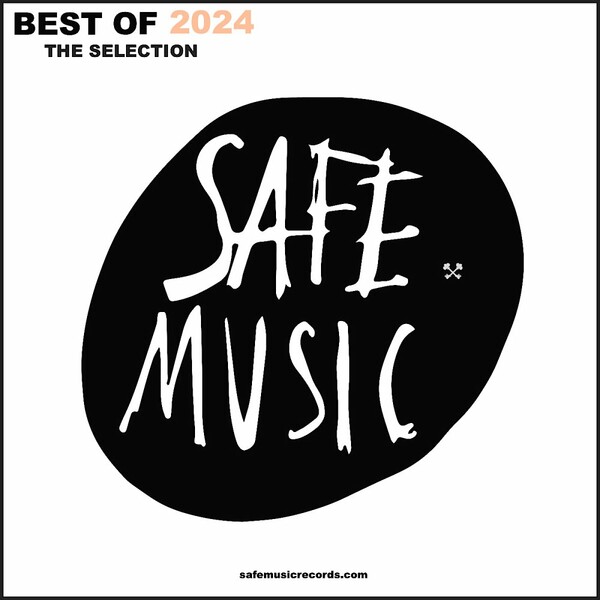
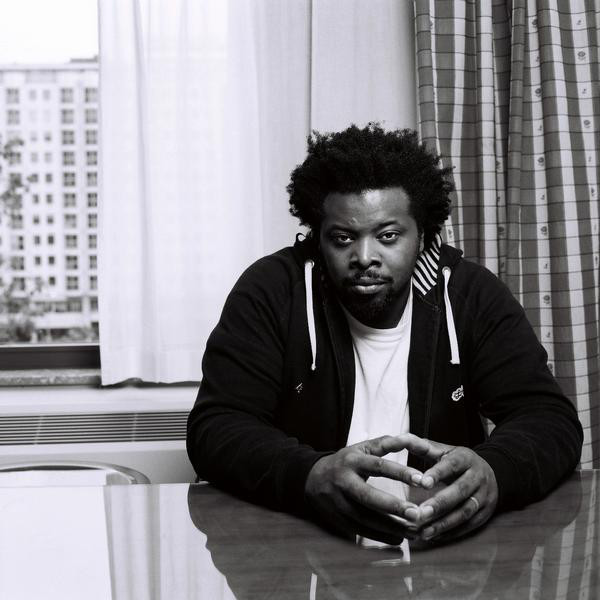

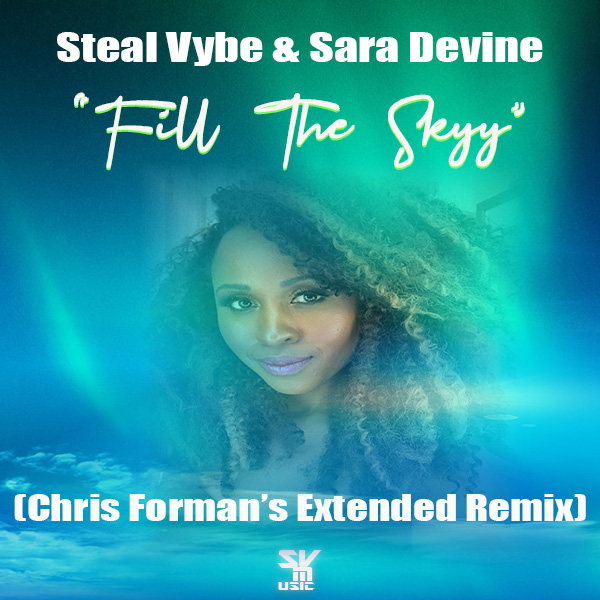

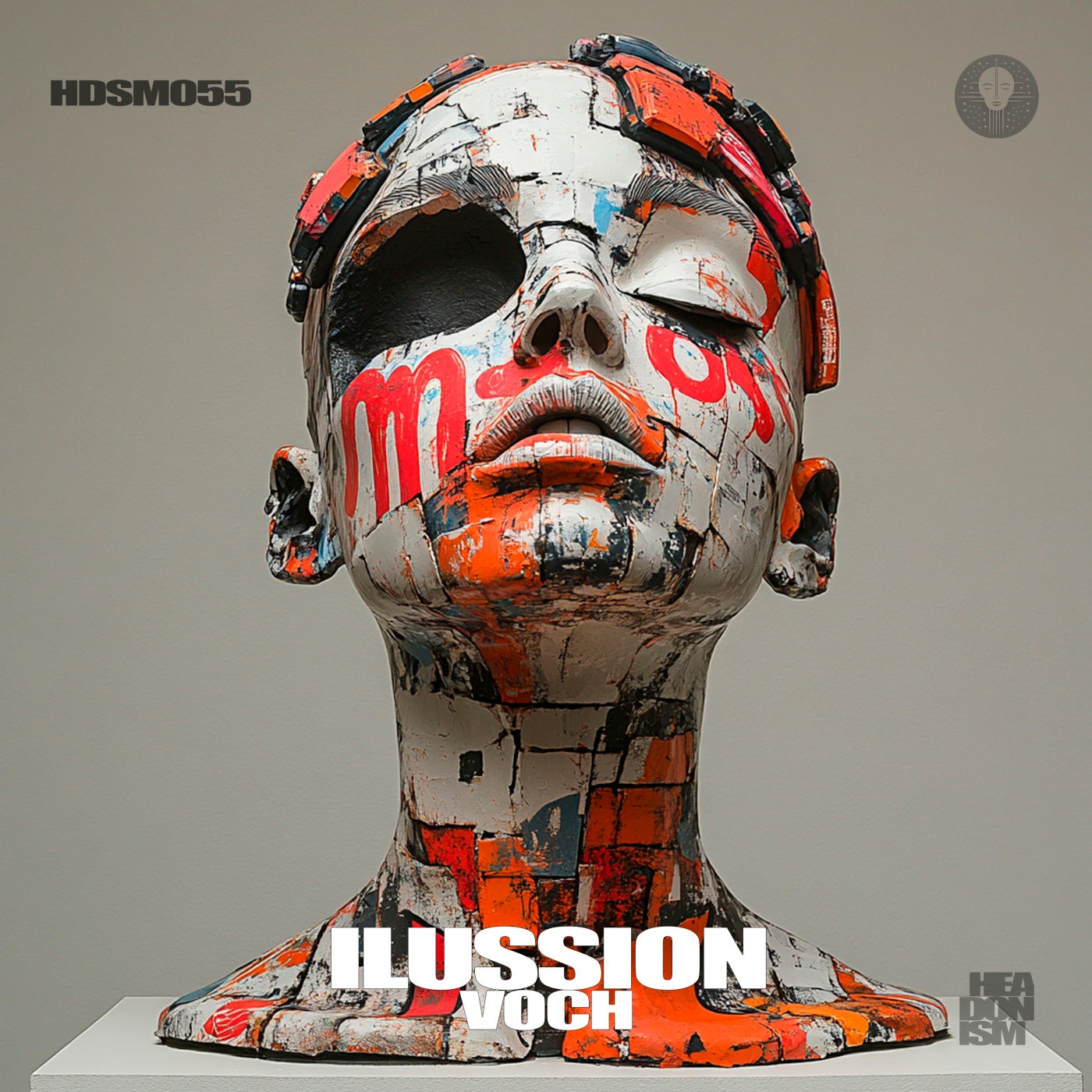
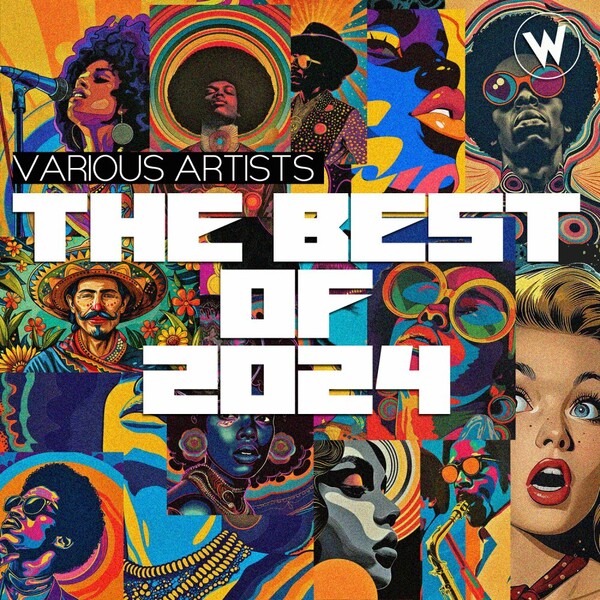

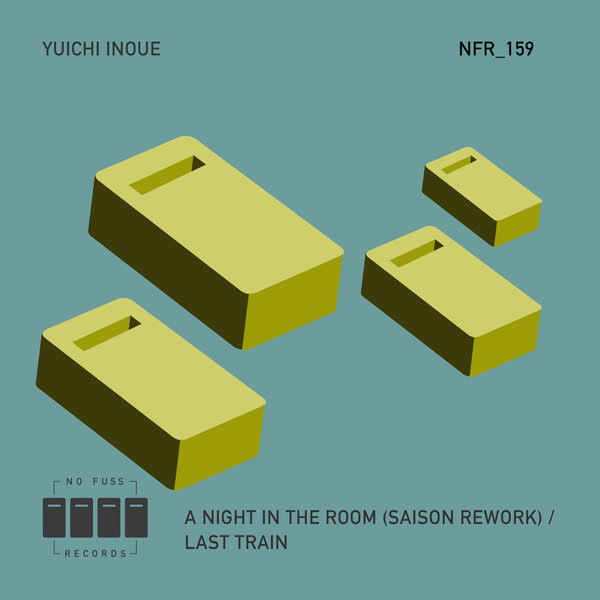
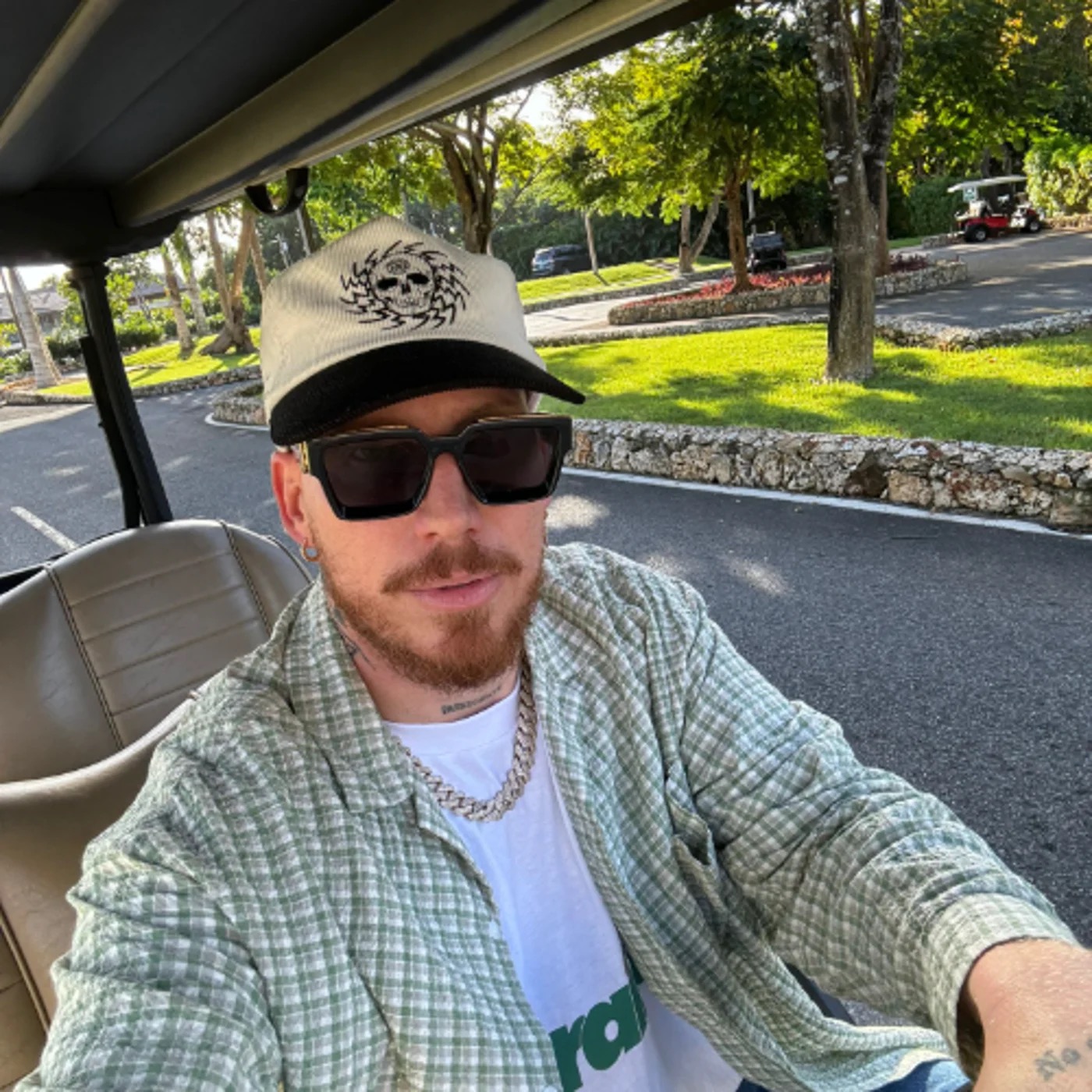

 English (US) ·
English (US) ·